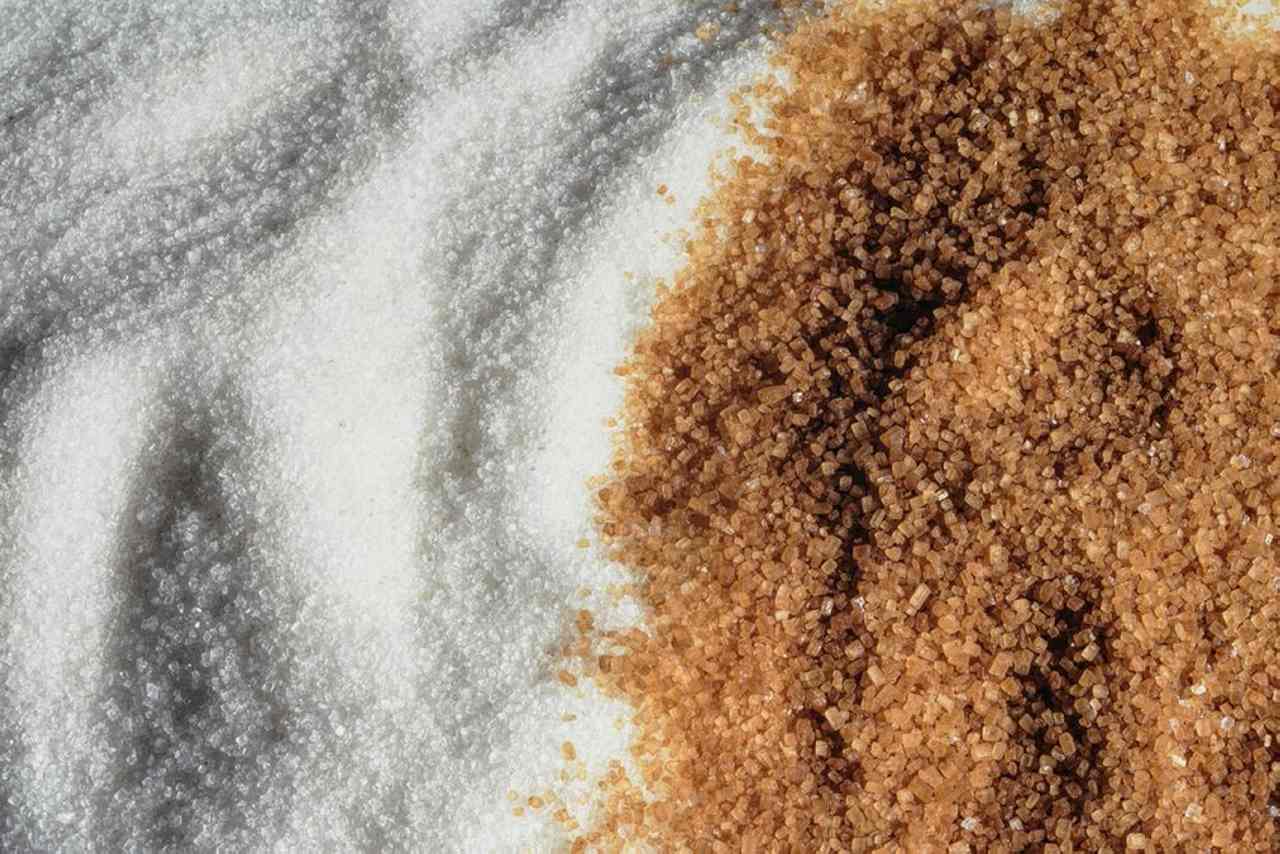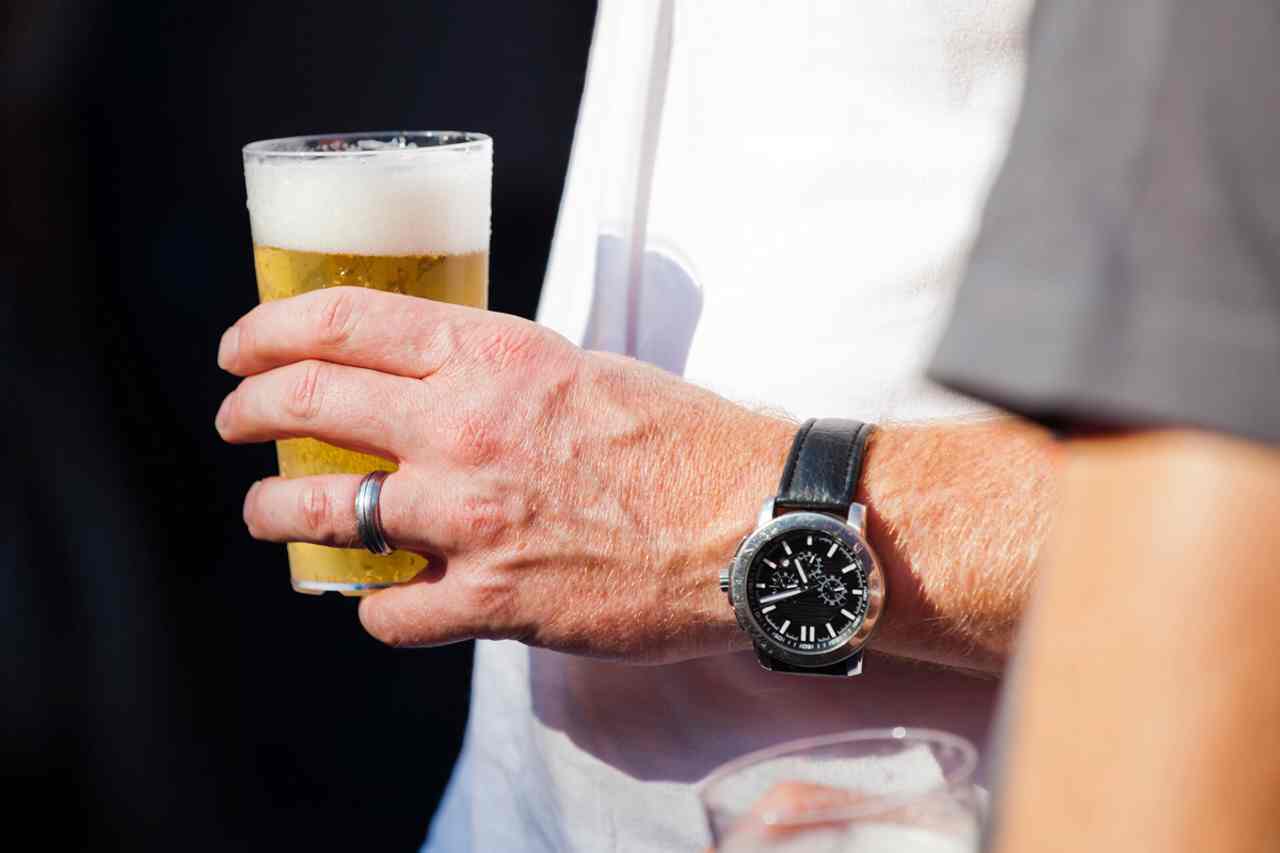Some individuals assume the colour is the one distinction between white and brown sugar. Or that brown sugar is simply white sugar with much less refining in it. However there’s one other ingredient to contemplate: molasses.
When the juice of the sugar cane or sugar beet is extracted and heated, the result’s a brown syrup referred to as molasses. White sugar is made through the use of a centrifuge to take away the sugar crystals from the molasses. The sugar is additional processed till all of the molasses is extracted.
Brown sugar is created in certainly one of two methods: Both molasses is added again to white sugar, or else the unique sugar is simply partially processed in order that a few of the authentic molasses nonetheless stays. It is the molasses that offers brown sugar its wealthy colour, plus a small bit of additional dietary worth. If brown sugar is left uncovered to the air, the moisture within the molasses will dry out and trigger the brown sugar to harden and clump.
So, which must you use? Quite a bit relies upon upon the recipe and your style. Since brown sugar has extra moisture than white, it is best in baked items which can be gentle and dense, like fruitcake or gingerbread cookies. It additionally has a richer taste. White sugar, in distinction, works nicely in baked items that have to rise, like soufflés and meringues. It is also sweeter, with a extra impartial style palette.
If a recipe specifies one sort of sugar over one other, it is best to stay with that because the moisture content material may have an effect on how the baked good seems. If no particular sugar is listed within the recipe, then be happy to experiment. If a recipe requires brown sugar and all you’ve got is white, you need to use 1 cup of white sugar plus 1/4 cup of molasses for gentle brown sugar, and 1 cup of white sugar plus 1/2 cup of molasses for darkish brown sugar, in line with Fantastic Cooking.
Listed here are the various kinds of white and brown sugar, as listed by the Sugar Affiliation. A few of these varieties are created particularly for the meals business and should not usually out there in grocery shops.
White Sugars
White granulated sugar, aka "common sugar," is what you will discover in most sugar bowls. It is also the most typical sugar referred to as for in recipes. It has small crystals and would not cake, making it very versatile.
Powdered sugar is granulated sugar that is floor easy, sifted and blended with a tiny little bit of cornstarch to forestall caking. Additionally referred to as confectioners’ sugar, it is nice for frosting and whipping cream.
Superfine sugar has the smallest crystal measurement of the white granulated sugars. This permits it to dissolve simply, even in chilly liquids. It is utilized in drinks and delicate desserts, reminiscent of mousse. Superfine sugar can also be referred to as bar sugar or caster sugar.
Fruit sugar’s small, uniform crystal measurement makes it good for dry mixes (e.g., gelatin and powdered drinks).
Coarse sugar’s bigger crystal measurement helps it retain its colour and kind, essential for fondants and a few liquors.
Sanding sugar is available in massive or advantageous crystals, and infrequently in vibrant colours. It displays gentle and sparkles, making it good for sprinkling on high of baked items.
Baker’s particular sugar is finer than fruit sugar. Developed for the baking business, it is good for sugaring doughnuts and cookies.
Brown Sugars
Mild and darkish brown sugars are basically the identical, though the darkish model has extra molasses, and thus a stronger molasses taste. Go for gentle brown if a recipe merely specifies "brown sugar," saving the darkish to be used in full-flavored meals reminiscent of gingerbread cookies, baked beans and barbecue sauce.
Turbinado sugar can also be referred to as uncooked cane sugar or demerara sugar. This sugar is processed simply sufficient to make it protected to ingest — it is the one present in uncooked cane sugar packets at your native coffeehouse.
Muscovado sugar, or Barbados sugar, is unrefined and accommodates all of its pure molasses. Thus, it is fairly darkish in colour and carries a powerful molasses taste. The crystals will likely be coarser and stickier than common brown sugar.
Free-flowing or granulated brown sugar is not as moist as most brown sugars, which implies it would not clump. It is good for topping oatmeal and is simple to measure and sprinkle. To be able to get a brown sugar style whereas permitting without spending a dime circulation, the sugar has to endure a particular course of leaving little or no moisture.
Now That is a Lot of Sugar!
Individuals eat 60 kilos (27 kilograms) of added sugar yearly. Gentle drinks account for 25 % of this and fruit drinks for an additional 11 %, in line with the American Coronary heart Affiliation.







